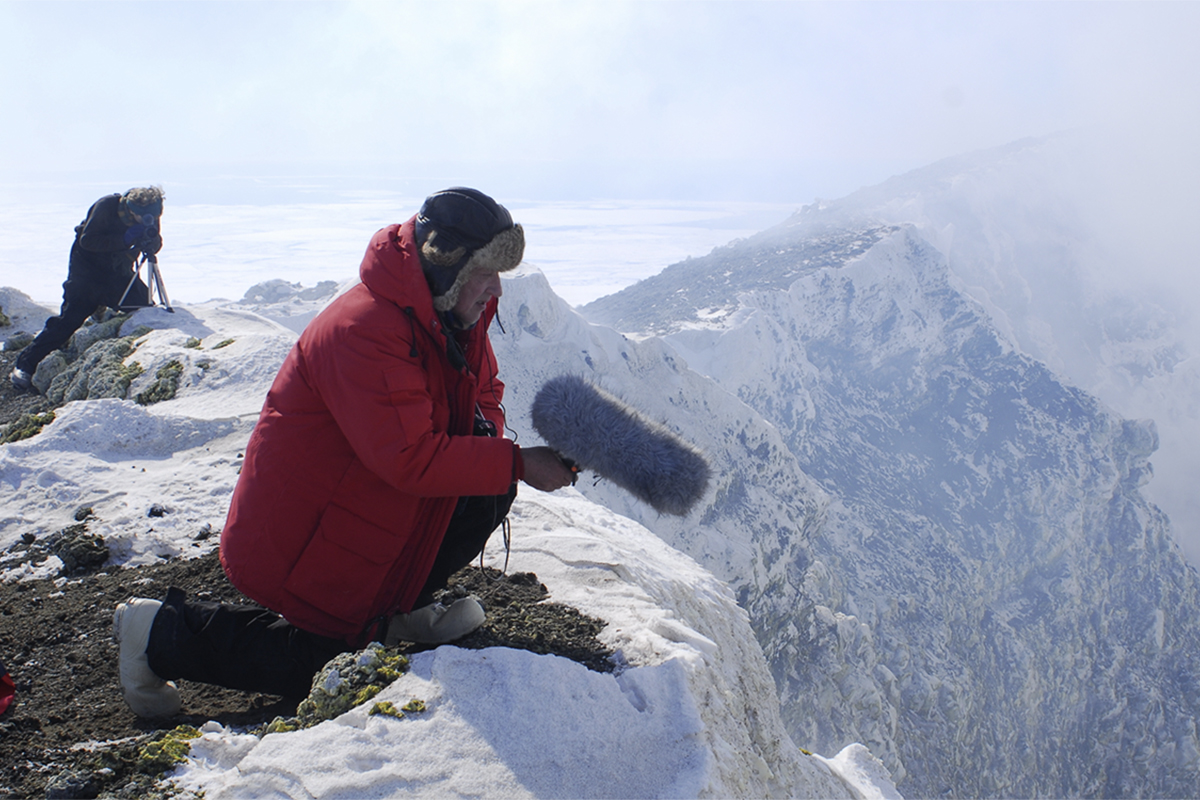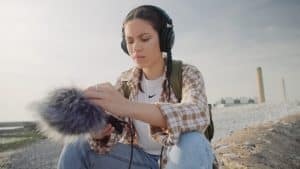As long as the medium has been around, filmmaking has been in a state of change. While we can attribute this to a multitude of reasons, like technological advancements, economic restructuring, or even personal hardship. There’s no better visceral example of this change than from watching and studying documentaries. Often acting as a window into the time periods when they were made, these nonfiction films are an important way for society to learn about different cultures, stories, and ideas.
But the simple fact is that filmmaking is storytelling, and storytelling is always evolving. Types of stories change because audiences change. So, how can we, as modern filmmakers, keep up with the times? How do we maintain our audience’s attention and excel as storytellers? By learning from the greats, of course!
When studying documentary films from the past, it’s important to keep in mind the circumstances of the production. These circumstances could have been limited budgets or social challenges and frustrations. These challenges often act as the backbone for documentary films. Let’s discuss what some of these great documentary filmmakers had in common and what we can learn from each of them.
Interview Skills Are King
Perhaps one of the most famous documentarians (and overall directors) is Werner Herzog, whose approach to documentaries can’t be reduced to one specific tone or style. His films cover topics from volcanoes to grizzly bears to even . . . the internet? One of Herzog’s strengths as a documentarian is his commitment to his subjects. A documentary about the internet isn’t exactly the most approachable subject, but if you watch Lo and Behold: Reveries of the Connected World, it’s clear Herzog commits to the bit, believing in the story he’s telling. He clearly feels the conviction to tell this story in his own way.
This idea, committing to the story, is something that’s required of anybody who wants to make a good documentary. You’re going to live in this world for a long time; it could take years for your story to unfold and for you to be able to tell it in an entertaining way. While at its core documentary filmmaking is reporting, you’ll experience it more as storytelling.
Check out the trailer for Lo and Behold for a few incredible Herzog moments.
Also, it’s worth mentioning the command Werner has behind the camera when conducting an interview. Both a technical master as well as an inescapable, attention-grabbing presence, Herzog is one of the best interviewers alive. If you want to learn a little bit about conducting an interview for your documentary, check out our tutorial below!
Earn the Trust of Your Subjects
An understated, under-appreciated, masterful filmmaker, Frederick Wiseman has been making a documentary every year for the past 50 years. Let that sink in for a second. Some of his films even run for upwards of 4 to 6 hours. The subjects range from a children’s court to the lives of the uber-wealthy in Aspen, Colorado. The camera acts as a fly on the wall, observing people in their natural habitats and asking the viewer to form their own opinion about it all. Take his New York Public Library film, Ex Libris: The New York Public Library, for example. You get a real idea of not only the people in the library but also the city as a whole.
Wiseman is the perfect example of a filmmaker who can make themselves invisible, allowing their subjects to act freely, and capturing an air of honesty that many documentaries fail to achieve. The secret? Trust. You have to give your subjects a reason to trust you, which takes time. You have to not only communicate this trust, you have to also truly approach documentary filmmaking with good intentions. Your job is to show humanity in the stories you tell, regardless of the subjects. Like most scenarios, if your intentions are pure, others will see and feel safe around you and your camera.
Pick Up the Camera
Perhaps one of the greatest documentaries ever made, Harlan County USA is undoubtedly director Barbara Kopple’s masterpiece. A tour de force of Cinema Verite and expose, the film is a perfect example of what it means to make an on-the-ground, run-and-gun, visceral documentary.
One of the most important lessons to learn here is you never know when you’ll need to pick up a camera and shoot coverage yourself. You can’t always rely on your camera op to be available — or even to have the budget to pay them. So be sure to learn how to operate the camera because when it comes down to it, it’s just as important as sitting in the director’s chair conducting interviews and editing the film. If you’re interested in learning more about lighting and camerawork in general, check out our tutorial below.
Make Your Own Genre
Anytime I have the opportunity to mention Kirsten Johnson’s 2016 documentary Cameraperson, I take it. This documentary takes all of your notions about what filmmaking can be and throws them off a cliff. Having been a cinematographer for over a decade, Johnston took footage she shot and found moments before and after “Cut” and pieced them together in a way that tells a story about what it means to be human. The film exists in a space entirely of its own, letting the viewer bring their own interpretation to story and meaning. Much like Frederick Wisememan, I believe the best documentaries let the audience find the meaning themselves rather than forcing it upon them.
So what lesson can we learn from a filmmaker like Johnston? Don’t feel limited by genre and form. Stories are stories, and you can tell them however you want.
Make Movies About What You Love
Lately, we’ve seen documentaries that almost entirely feature old footage to tell the story of an event or a person’s life. The genre for this type of doc would best be described as Historical.
The biggest lesson here? Make films about what interests you. These films are clearly made by filmmakers that care about these subjects immensely. Acquiring footage from historic archives and rights owners is easier than production but potentially more expensive. Nevertheless, the footage is out there. In an interview with Space.com, Todd Douglas Miller, the director of Apollo 11, elaborated on the process of obtaining the incredible footage that makes up the entirety of the film:
I think the National Archives and NASA thought we were nuts at first when we asked for everything, but we said it’s the only way to do it, it’s the only way that I would want to be involved, so they graciously obliged [ . . . ] They had no idea how much they actually had.
Persistence is key! Often, the best director is the best salesman. Give the investors a reason why backing this film is the best thing they could ever do. In order for them to believe in your film, you have to believe in it first.
So consider how you want to make your film, perhaps going the traditional route of re-enactments with talking head interviews instead of previously shot footage is the more doable option. While some look at compromising as a bad thing, I’ve always been under the impression that doing whatever you can to make your movie takes precedence over everything else. Don’t give up. Another brilliant example of this is the recent David Bowie documentary. I mean, just look at this trailer.
Documentaries aren’t for the faint of heart. They often take longer than you think they will, they end up costing more than you’re willing to pay for, and they’re harder to market. But the world needs great documentaries — especially from more unique voices interested in telling the stories of the unheard. Good luck out there, and remember that one of the best ways to study filmmaking is to watch more films!
Important Documentary Films Worth Checking out:
- Paris is Burning
- Harlan County, USA
- Cameraperson
- Apollo 11
- American Movie
- Roger & Me
- Summer of Soul
- Free Solo
- Citizen Four
- Grizzly Man
- The War Room
- The Act of Killing
- Jiro Dreams of Sushi
- Man on Wire
- and of course, Trekkies
Cover Image via Discovery.
Looking for some music for your projects? At Videvo, our library has everything from free ambient music to music for streams — perfect for any indie project:
- Royalty-free Christmas music
- Royalty-free meditation music
- Royalty-free upbeat music
- Royalty-free jazz music
- Royalty-free Halloween music
Need a break? Check out our videvoscapes — the ultimate reels for relaxation or concentration. Each videvoscape collects hours of high-definition nature footage and background video with downtempo chill beats for the ultimate escape from the grind.




